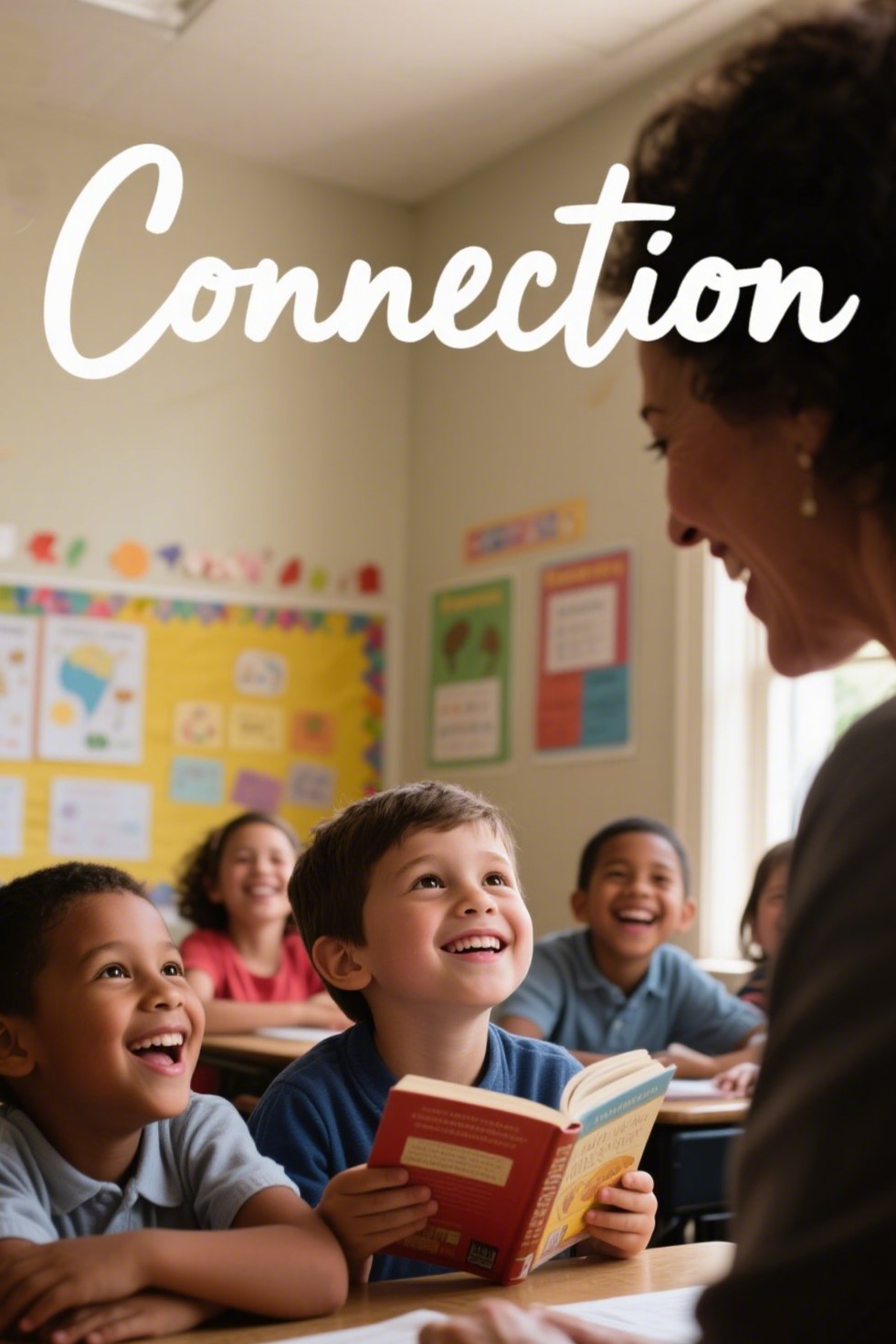Middle childhood—ages 6 to 12—is a golden window of opportunity. Kids in this stage are no longer toddlers but not yet teens. They’re curious, observant, eager to belong, and hungry for both freedom and guidance. It’s the perfect time to build a strong foundation for self-discipline and character.
But how do we discipline with purpose instead of punishment?
Enter the 5 C’s of Discipline—a powerful, heart-smart approach that nurtures growth while setting clear expectations. Think of them as the pillars of parenting, teaching, or guiding during these impressionable years.
1. Clarity: Say What You Mean, Mean What You Say

Kids crave structure, even when they push boundaries. Discipline starts with clarity. Clear rules, clear consequences, and clear expectations give children the safety they need to thrive.
Instead of vague warnings like “Behave yourself!” try:
👉 “If you don’t finish your homework by 7 PM, you won’t have screen time.”
Clarity gives kids the map. Without it, they’re wandering in the dark.
2. Consistency: Follow Through Every Time

You can’t build a bridge on wobbly beams. The same goes for discipline. If one day a rule is enforced and the next it’s ignored, kids get confused—and push harder.
Consistency teaches accountability. It builds trust. It says, “The rules don’t change based on my mood or your excuses.”
When kids know what to expect, they’re more likely to rise to the challenge.
3. Connection: Discipline with Relationship in Mind

Discipline without connection becomes control. But when children feel safe, seen, and supported, they’re more open to correction.
Instead of shouting, kneel to their level. Use calm tones. Show empathy:
👉 “I know you’re frustrated your game was paused. But yelling at your sister is not okay.”
Discipline should never break the bond—it should strengthen it.
4. Communication: Listen as Much as You Speak

Effective discipline isn’t just about rules—it’s a two-way conversation. Let kids explain their side. Ask questions. Listen deeply. This models respectful dialogue and teaches emotional intelligence.
Even when the rule doesn’t change, your willingness to hear them out teaches that their voice matters.
Pro tip: Let them help create the rules or solutions. Kids who help build the system are more likely to respect it.
5. Compassion: Remember They’re Still Learning

Discipline should be firm, but not harsh. Middle childhood is full of slip-ups, growth spurts (mental and emotional), and emotional meltdowns over the smallest things. Compassion doesn’t excuse bad behavior—it understands the “why” behind it.
Correct the action, but protect the spirit.
👉 “I know you’re tired, and that’s probably why you snapped. But let’s find a better way to express anger next time.”
Every mistake is a chance to grow—not a reason to shame.
Final Thoughts: Shaping Hearts, Not Just Habits
The 5 C’s—Clarity, Consistency, Connection, Communication, and Compassion—are more than discipline strategies. They’re a framework for raising kind, responsible, and emotionally healthy kids.
When discipline is rooted in respect and love, children don’t just follow rules—they understand them. They don’t just behave well when watched—they develop inner discipline that lasts.
And in the world our kids are growing into, that kind of inner compass is the greatest gift we can give.





